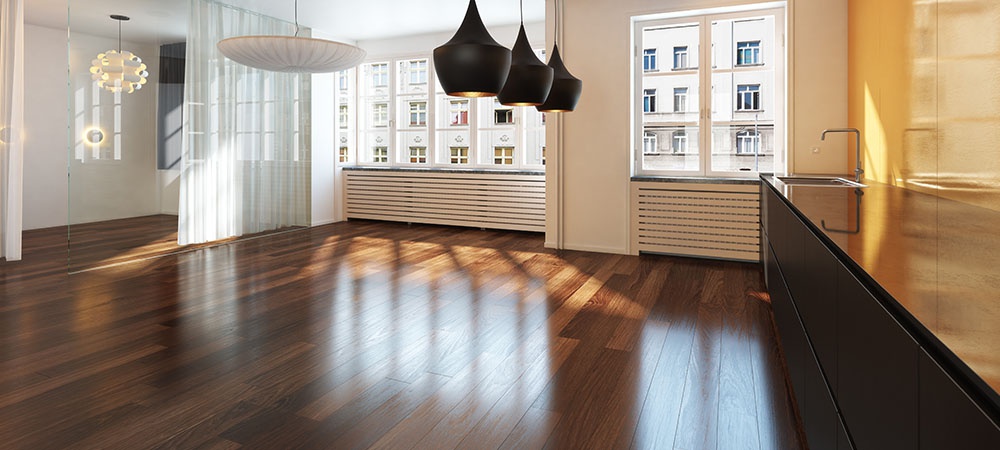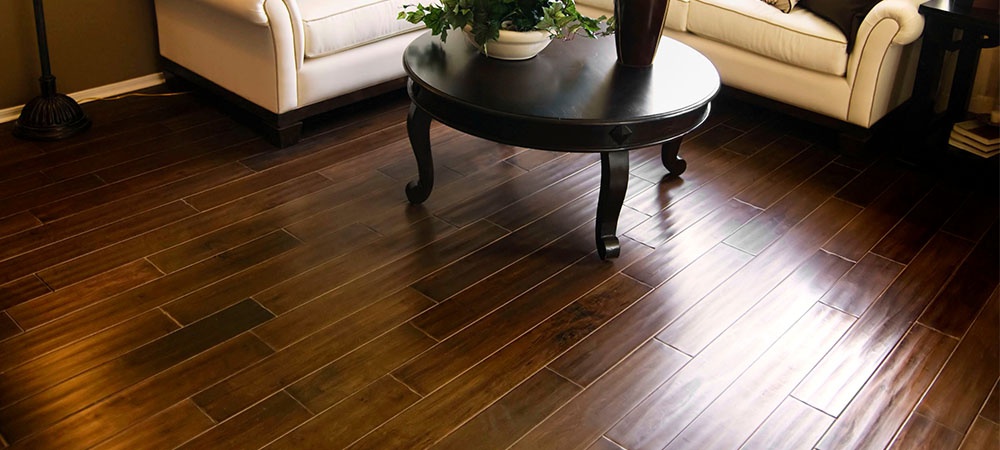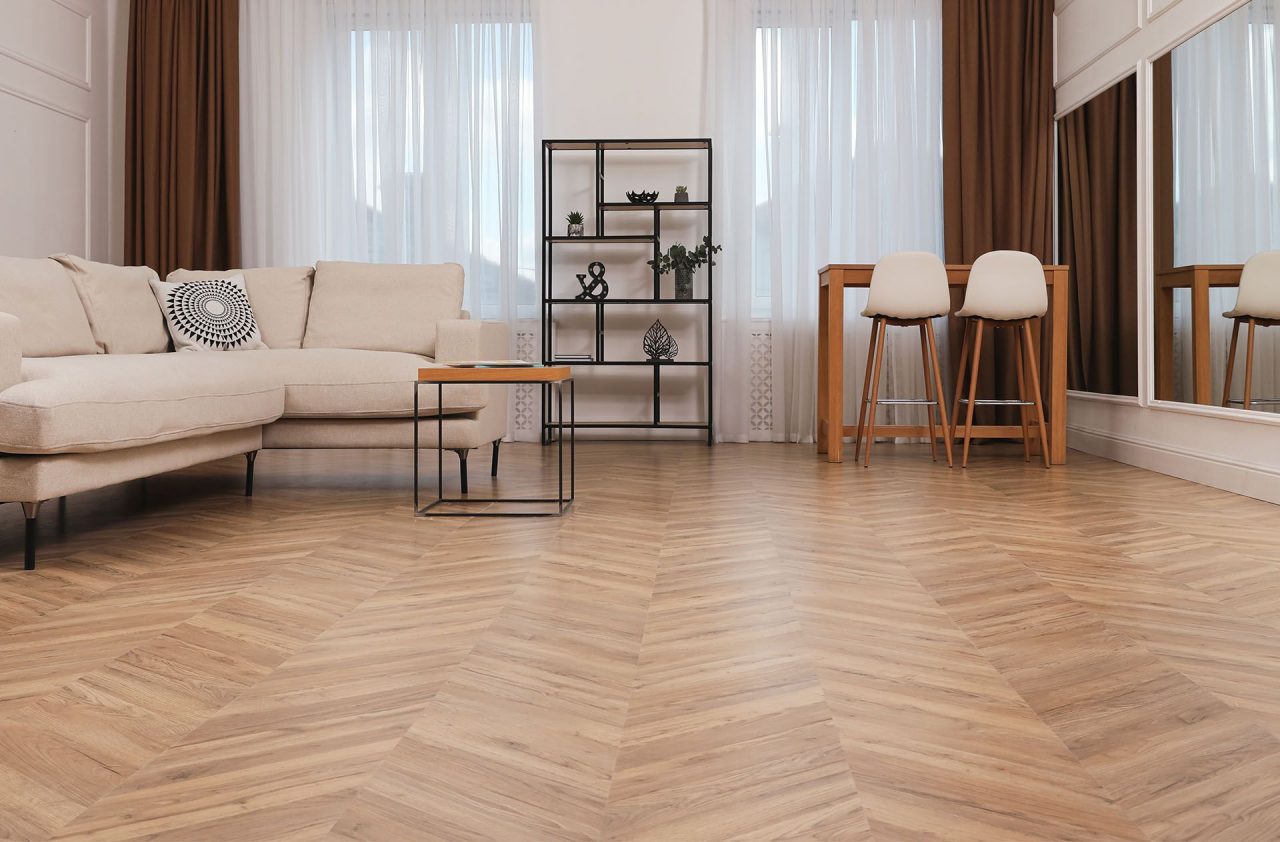With the current environmental movement and focus on sustainability, it has become increasingly important for both homeowners and businesses to be aware of the materials they are using in their space.
One critical decision regarding interior design is the type of flooring you choose.
Different types of flooring have different environmental impacts — from energy consumption during production and installation, contributing to pollution in your home, to the potential impact on human health.
In this blog post, we aim to provide an overview of some common flooring materials and a guide for making more environmentally conscious decisions with your home renovations or remodelling projects.
Overview of Different Types of Flooring Materials and Their Environmental Impacts
Flooring materials come in various styles and types, such as carpet, hardwood, laminate, tile, vinyl and natural stone. Each material has its advantages and disadvantages when it comes to environmental impact.
- Carpet releases volatile organic compounds into the air, which can harm air quality.
- Hardwood flooring is highly dependable and adds value to your home but has a higher manufacturing cost than alternative materials.
- Laminate flooring is an affordable option sourced from wood residues, so it has lesser environmental impact than its fully-wooden counterparts.
- Tile flooring is the most durable of all the materials and is easy on the environment since tiles are recyclable.
- Vinyl flooring also comes with eco-friendly benefits as it’s made from recycled materials.
- Natural stones such as marble or granite offer beautiful visuals while also being resistant to fire, mould and water damage; however, they require a higher energy use rate during production.
Whatever type of flooring you choose, be aware that each material will have some kind of environmental footprint either during manufacture or upkeep over time.
Related Article: The Benefits of Red Oak Floors: Understanding Natural Red Oak Flooring
Pros and Cons of Carpet Flooring
Carpet flooring offers a variety of advantages and disadvantages when compared to other types of flooring. Carpet flooring has several benefits, such as sound reduction, improved safety, thermal insulation and cushiony softness underfoot.
On the other hand, you must also consider the potential hardships with continuous maintenance and replacement costs. Carpet can absorb dirt and pet hair more than other surfaces, so it must be frequently vacuumed and professionally cleaned every few years.
Also, depending on the level of foot traffic, carpets may swiftly become worn out in certain areas — meaning they need regular replacement.
Overall, whether or not your flooring is suitable for any given space will depend on various factors, including budget, lifestyle habits, desired aesthetics and functionality.
Benefits of Hardwood Flooring
Hardwood flooring is the perfect choice for homes for many reasons.
- With their timeless beauty, hardwood floors can boost the look of any room or house, making any space look elegant and stylish with minimal effort.
- As well as being aesthetically pleasing, hardwood floors are also an excellent investment as they can significantly increase home value for potential buyers.
- Furthermore, these floors are great for cleaning and maintenance because they don’t hold dust or crumbs like carpets do and can last a lifetime if properly cared for.
- Hardwood flooring is also significantly better than carpeting when it comes to air filtration because it helps trap allergens in the environment and thus facilitates improved air quality throughout one’s home.
Overall, hardwood floors provide tremendous benefits and longevity while making virtually any space look beautiful.

Considerations for Using Laminate Flooring
Laminate flooring is an attractive, cost-effective option for adding the look and feel of natural wood to your home. Before you choose laminate flooring, it’s important to assess whether it is the right option.
Because laminate flooring is made from composite materials and plastic resins, it’s generally considered more durable than hardwood floors. However, because it does not age like natural wood, it can be less suitable for high-traffic areas like hallways or living rooms.
Additionally, laminate flooring can fade over time from direct sunlight exposure. Therefore, you may want to opt for a lower gloss finish if the light will be shining directly on the surface of your new floors.
Ultimately, one of the biggest advantages of laminate flooring is its affordability relative to other types of wood floors — so with proper consideration and care taken beforehand, your new choice can provide years of beauty and great value in your home.
Sustainable Alternatives to Traditional Flooring Solutions
Sustainable alternatives to traditional flooring solutions are gaining in popularity because of their eco-friendly properties and durability. Using sustainable flooring options helps reduce one’s environmental impact and provides a beautiful solution for one’s home.
- Bamboo and cork are two of the most popular sustainable flooring options today, with bamboo becoming increasingly more affordable.
- These materials are attractive, easy to maintain, and surprisingly durable when protected against stains and spills.
- Laminate flooring is another great sustainable choice since it offers an alluring wood grain pattern while still being made from recycled wood and other materials.
Ultimately, these eco-friendly alternatives offer consumers an attractive way to lower their carbon footprint – it’s a win-win situation!
Tips for Making Your Flooring Choice Environmentally Friendly
Making sustainable flooring choices is a great way to help the planet and make your home beautiful. Although it may cost more initially, you will save money in the long term as eco-friendly floors last longer than traditional flooring options.
Avoid PVC vinyl or other chemical-based products when selecting an environmentally friendly flooring material. Instead, consider hardwood or bamboo species certified by conservation groups such as the Forest Stewardship Council.
Reclaimed wood from demolition sites is another excellent option for an ethical and eye-catching finish. If these options are too costly for your budget, most synthetic materials fall into the green category if they are made of recycled plastic bottles.
Finally, when installing your new flooring, be sure to use non-toxic adhesives that won’t contribute to air pollution. With these tips, you can create a beautiful and healthy environment without sacrificing style or quality.
Related Article: Refinishing Hardwood Floors: When To Do It, How To Do It, And How Much It Costs

Final Thoughts
Selecting the right flooring for your home that is both environmentally friendly and fits your aesthetic can be an overwhelming task. Think through which option best suits your lifestyle and budget and if you’re looking for a short-term or long-term solution.
Whether you prefer carpets, hardwood floors, or laminate floors, consider the environmental impact of your choice and consider some of the more sustainable alternatives available today.
Also, remember to look into renewable materials such as bamboo flooring, cork releases, or even recycled materials like glass bottle tiles. Choose wisely and enjoy!


